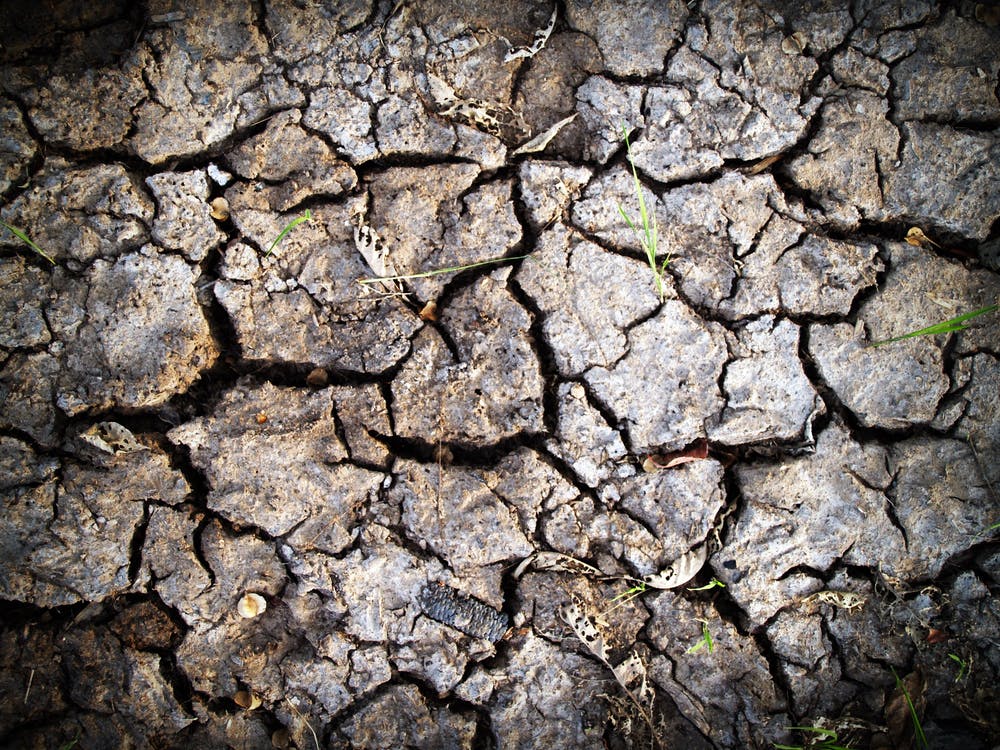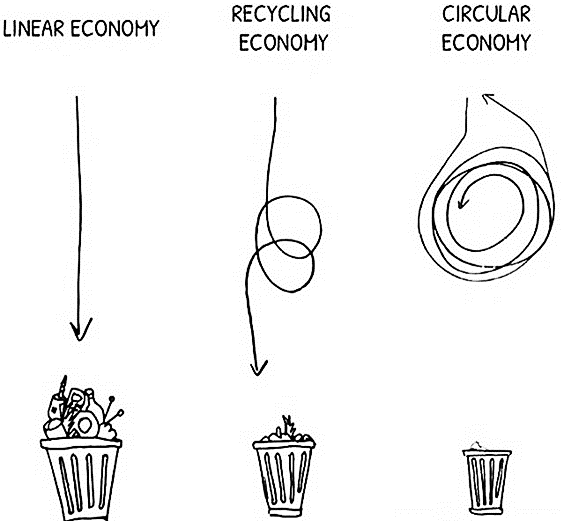Have you noticed that global environmental and social changes are becoming increasingly drastic?
- Summers are getting hotter, winters are shortening, and extreme weather events are becoming more frequent.
- Wastewater, air pollution, and plastic waste are being released into the atmosphere and water systems, threatening human health.
- More agricultural and forested lands are being converted for industrial, commercial, and residential use, disrupting ecosystems.
- Unsustainable farming practices, excessive chemical use, and overgrazing are depleting soil vitality.
- The depletion of non-renewable resources is causing supply chain instability and rising costs.
The Reality We Face…
- Global temperatures are now 1.1°C higher than pre-industrial levels. If warming reaches 1.5°C, heatwaves that once occurred every decade could quadruple in frequency, and drought-prone areas may see twice as many droughts, affecting an increasing number of people.
- Each year, around 9 million people die due to pollution from air, water, and toxic substances—primarily caused by fossil fuel combustion in power plants and vehicles, as well as hazardous chemical pollutants. Meanwhile, 8 to 12.7 million tons of waste enter the ocean annually.
- 75% of terrestrial environments and 66% of marine ecosystems have been significantly altered by human activities. Between 2015 and 2020, over 50 million hectares of forest vanished—equivalent to losing a football field’s worth of forest every two seconds.
- One-third of the world's soil has already degraded, with 24 billion tons of fertile soil lost each year. This threatens agricultural productivity and food security while also reducing soil’s carbon storage capacity, further accelerating climate change.
- Humanity extracts over 100 billion tons of resources from the Earth annually—twice the amount extracted in 2000. Every year, Earth Overshoot Day arrives earlier, meaning we are exceeding the planet’s natural resource capacity at an unsustainable rate. At this pace, by 2030, shortages of fossil fuels, uranium, and several critical rare metals may become a reality.

Our patterns of resource consumption are deeply intertwined with these pressing issues.
Have you noticed the wastefulness at the consumer level?
- Overconsumption:In traditional sales-driven business models, economic growth depends on selling more products, which in turn demands more resources and generates more waste. Some manufacturers even intentionally shorten product lifespans—a practice known as planned obsolescence—to stimulate continuous consumption.
- Disposable Culture:For the sake of convenience and trends, consumers frequently use single-use packaging, fast fashion, and short-lived electronics. However, the actual time products are used is often far shorter than their designed lifespan.
- Idle Resources:Durable goods are often underutilized. For example, privately owned commuter vehicles are in motion only 5% of the time, while 95% of the time they sit unused. Similarly, a suitcase may be used for just a few days a year, spending most of its time in storage. These inefficiencies represent hidden resource waste.
Wasted Value in Production...
- On the production side, many valuable byproducts remain underutilized or discarded. Offcuts from manufacturing, used chemicals, waste heat, and even agricultural byproducts like pig manure and oyster shells often have potential value but are instead classified as industrial waste, incinerated, landfilled, or worse—illegally dumped into the environment.
Linear Economy: The Root Cause of Environmental and Ecological Damage
This "Take → Make → Use → Dispose" model is known as the linear economy.
Under this system, Earth's finite resources are being depleted at an unsustainable rate. Studies confirm that human resource consumption and economic activities are directly correlated with environmental degradation and ecological decline.
Further Reading:〈 Plantary Health Check 〉
Taiwan has been praised by The Wall Street Journal as a "waste management genius," boasting the second-highest recycling rate in the world. Yet, our total waste generation and demand for natural resources continue to rise. Why?
Recycling Is Good, But Not the Ultimate Solution
Ideally, recycled materials could fully replace virgin raw materials to create new products. However, not all recycled materials retain the strength, purity, or physical properties needed for manufacturing the same product again. As a result, they are often repurposed for lower-value applications—a process known as downcycling.
An economy that relies mainly on this approach is known as a "recycling-based economy", but it does not truly solve the root problem of resource overconsumption.

Moving Toward a Circular Economy
A circular economy focuses on closed-loop systems, where recovered materials can be reused in their original applications without losing value.
Beyond recycling, circular strategies prioritize repair, reuse, refurbishment, and remanufacturing—what we call "small-loop cycles." These approaches preserve the value of products and components for as long as possible, reducing the energy, water, labor, and resources needed to break them down and start over.
For example, extracting precious metals from a broken smartphone yields about 100 TWD in value, whereas reselling the same phone in the second-hand market could be worth thousands.
To address environmental and social challenges effectively, we must redesign business models and products at their core, fostering more circular economic systems. Change must begin at the source.